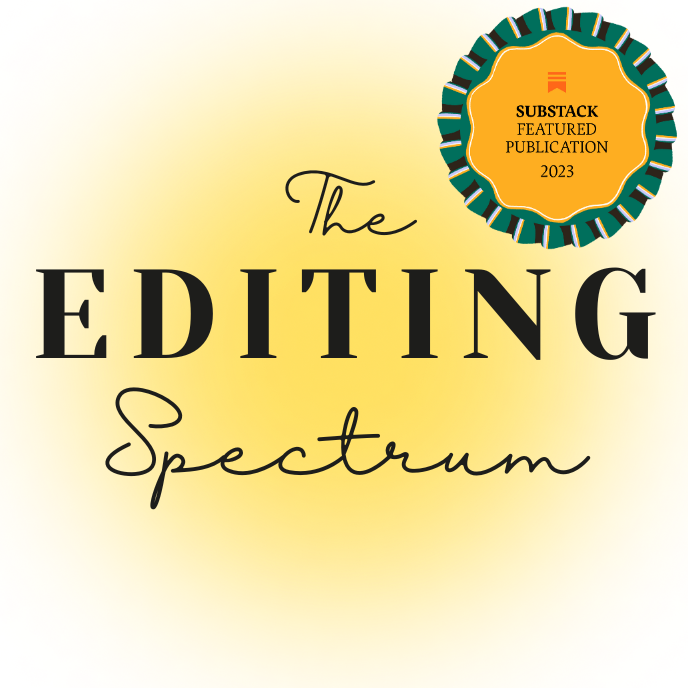Marketing and branding: what I'm keeping, letting go and testing for the rest of 2016
/Earlier this month I made a decision to shut down my business. For a few reasons I won't go into here, I decided to start fresh and reimagine the industries I've been working in (content marketing, inbound marketing and publishing). Rather than being responsible for the marketing of a company with a virtual team, we decided to simplify operations, disband (for lack of a less dramatic term) and come together periodically throughout the year for large projects, when opportunities arise.
This means all the marketing know-how I've acquired needs a fresh set of eyes. Rather than having a business brand to market, it's just me. Rather than thinking big picture, large projects, large net casting, I'm focusing on one to three small(ish) projects per quarter -- but hoping to attract people with more complex and diverse topics.
In this blog I want to talk about the marketing approach I've used in the past, what I'm keeping and what I'm testing.
A Blend of Content and Inbound Marketing (w/o HubSpot)
Two years of experimenting brought me to Squarespace as my favorite launch-friendly website developer. Once I found Squarespace I felt a spaciousness in my mind to think about ways to cast a net and invite people into my home base. Before I found them, I had been posting on various social media accounts, including Twitter (personal and work), LinkedIn, Facebook (personal and work), Google Plus (after Google began punishing people for not posting there), and Instagram.
Working in an agency spoiled me, I won't lie. Trying to figure out a way to make inbound marketing work without the marketing insights (hello, HubSpot) I was accustomed to in my daily job? Choppy waters, indeed. I made it work, to a degree, by substituting Google Analytics but I don't think it'll ever really be the same. I tried using HootSuite to mass-produce a social media "strategy" but I found the whole premise bothersome and frustrating. I never copy/paste with my friends at dinner, so why do it online? Anyways, the other marketing tool I tried out was MailChimp. We're thick as thieves, and I really do love it for its simplicity and the fact that I can auto-publish a newsletter from my blog's RSS feed.
I had traditional content marketing editorial calendars and a few inbound "best practices" like conversion opportunities on my site. It felt hokey and like I was talking into the abyss, so I slowly began testing conversion offers, to no avail. Something wasn't jiving in my marketing and definitely not in my mind and heart (thus the big business "shut down"). So this is where I am: with a solid foundation and understanding of inbound, content, email marketing, conversion best practices, landing page design knowledge, social media strategy and more. And none of it really seems to work, so I'm wiping the slate clean, wherever necessary.
Social Media Verdict: Goodbye Google Plus, Maybe Twitter, Too
In any given day, I log into Facebook, LinkedIn and Instagram. These sites are the main places where I get information, keep up with people, and read about topics that are interesting to me. I also have a Twitter account and a Google Plus account, and I use these much less.
Because I've studied and edited courses from marketing experts (three cheers for 'Profs), I have a lot of philosophical and practical knowledge rolling around in my head about how to use social media sites. This knowledge, though it's great, has in some ways weakened my ability to choose which sites work best for me right now today. A marketing strategy ought to be more complex and wide reaching for a large company than it is for someone who's (essentially) trying to build a freelancing network. Until recently, I hadn't considered that some of these marketing smarty pants I work with were giving me advice I wasn't ready to implement yet.
So here's the verdict: for the rest of 2016 I'm going to play in social media apps and try my hand at creating more visuals. I'm going to stop posting to Twitter and Google Plus by default since no meaningful connections have actually transpired as a result of being on there in the last four years. I feel like it's important to note that both sites could be a viable option for you (and maybe me down the road), but right now, they haven't resulted in meaningful audience engagement -- and I don't find myself inspired to share on them (as evidenced by my lackluster contributions).
LinkedIn and Facebook continue to drive the most traffic and business to me, so I will likely need to re-visit my strategy to make sure it's as strong as possible. (Side note: I know for a fact that the LinkedIn posts operate as a secondary blog for people to find and evaluate me/my ideas. It's the single best investment of time outside of blogging consistently.)
Blending personal and work brands
I've advised multiple people on the importance of keeping business and personal brands separate until the two have a legitimate reason to overlap. This worked for people with more formal business goals (most audiences don't care what a CEO had for breakfast, and such casual content can be distracting). But what about for someone who's not wanting to grow a formal business like me? Who's maybe interested in finding an alternative?
This is what I'll be testing for the rest of this year: how I'm impacted by merging my work blog into my personal website. Some people have a personal blog that's too far off the grid to make it wise to blend work and personal spheres. For me, my personal blog is about relationships, family and spiritual topics, and most of the people I've worked with the past two years are wanting to publish books about similar topics. So I'm confident that breaking this work/personal branding "rule" will help create a space for more of those people to find me.
Less writing, more showing
I was sitting in a NYC boutique hotel when a well-to-do woman stopped my cousin (a photographer) to compliment her on a photo she was editing. Two minutes of small talk later, the woman was handing my cousin a card about a photo shoot she was hiring for. I was proud and awed. Never in my life has someone peered over my shoulder and said, "That headline you wrote is just stunning." I suppose it's a lot like dating: the looks reel you in, the substance makes you stay?
I've been thinking through ways to replicate this experience for my writing -- and it's not come to the surface yet. People don't like stock photography and yet I use it anyway (to try to interrupt the non-sensical scroll scroll scroll of Twitter). What is it that gets people's attention? Well, in the online marketing world, it's not cleverly written headlines alone, that's for sure. There's got to be a visual way to capture people's attention and imagination. And I've still not figured out what works without being cheesy.
Testing can't begin without a good foundation
With all this said, I think it's important to also mention that marketing experimentation is really difficult to measure if you don't have a good foundation setup for internet marketing basics. I'm working on a blog about the foundational marketing elements I think every aspiring author should have before self-publishing. I hope you'll stay tuned.


